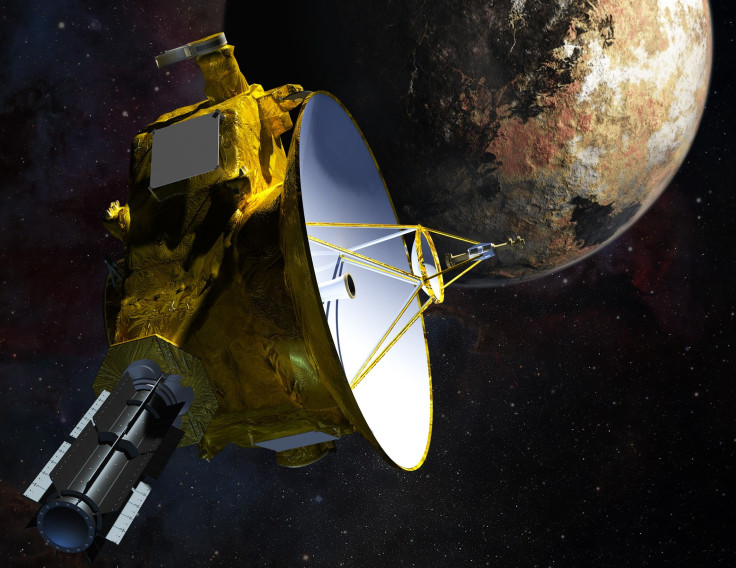How Bright Is The Universe? NASA's New Horizons Could Help Scientists Measure Cosmic Optical Background

How much light in the night sky comes from galaxies beyond the Milky Way? Scientists believe that answering this question would not only reveal the exact number of location of stars, it could also provide vital clues to the composition of the mysterious dark matter.
However, astronomers seeking to measure this so-called cosmic optical background face a significant problem — cosmic dust.
Read: Astronomers Create Milky Way's Dust Map
When scientists try to measure the intensity of the optical background from Earth, for instance, the faint light from distant galaxies is polluted by the brightness of sunlight reflected off interplanetary dust in the inner solar system. This makes Earth’s atmosphere many times brighter than the cosmic optical background.
The solution, of course, would be to carry out these measurements from a region of space far removed such sources of pollution. And now, in a study published Tuesday in the journal Nature Communications, a team of researchers has described doing just that.
The researchers, led by experimental astrophysicist Michael Zemcov from the Rochester Institute of Technology in New York, used archival data from the Long Range Reconnaissance Imager (LORRI) on board NASA’s New Horizons spacecraft to measure visible light from other galaxies. Doing so helped scientists place a statistical upper limit on the optical background’s brightness.
“This result shows some of the promise of doing astronomy from the outer solar system,” Zemcov said in a statement. “What we’re seeing is that the optical background is completely consistent with the light from galaxies and we don’t see a need for a lot of extra brightness; whereas previous measurements from near the Earth need a lot of extra brightness. The study is proof that this kind of measurement is possible from the outer solar system.”
The New Horizons spacecraft, which conducted a close flyby of the dwarf planet Pluto in July 2015, is currently en route to its next destination — a Kuiper Belt object named 2014 MU69, which it will fly by in early 2019. Since the mission has been funded through 2021, the researchers hope that observations made using LORRI — the “eagle eyes” of New Horizons — would be used to re-measure the brightness of the cosmic optical background.
“Though some challenges remain, further data from LORRI could provide a definitive measurement of the extragalactic background light at optical wavelengths, and may be instrumental in completing our understanding of the history of stars and galaxies in the universe,” the researchers wrote in the study.
© Copyright IBTimes 2024. All rights reserved.












